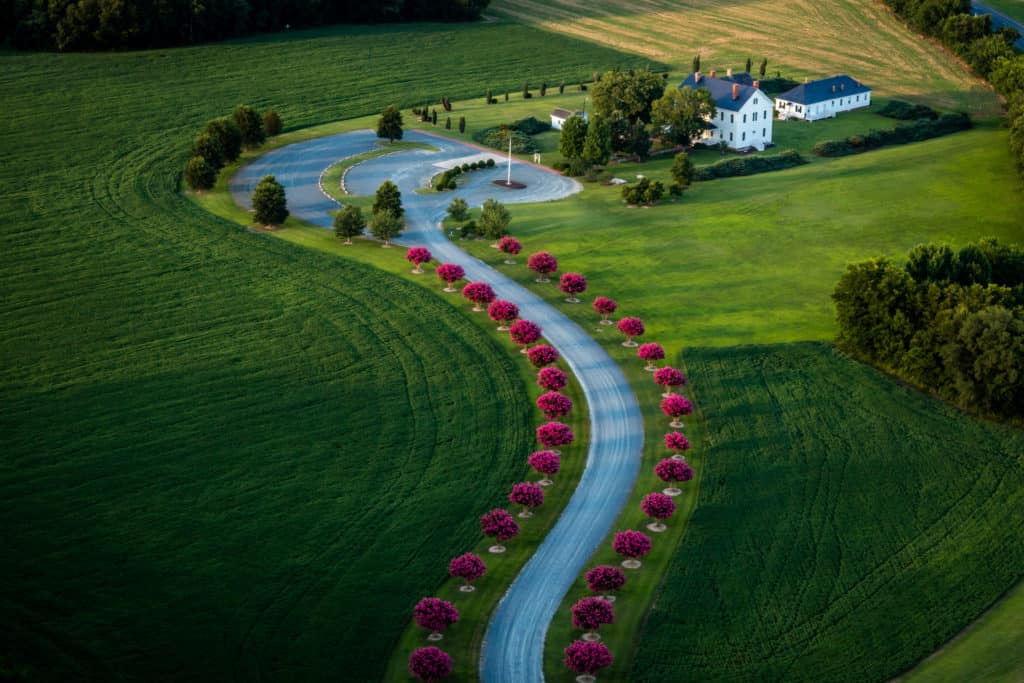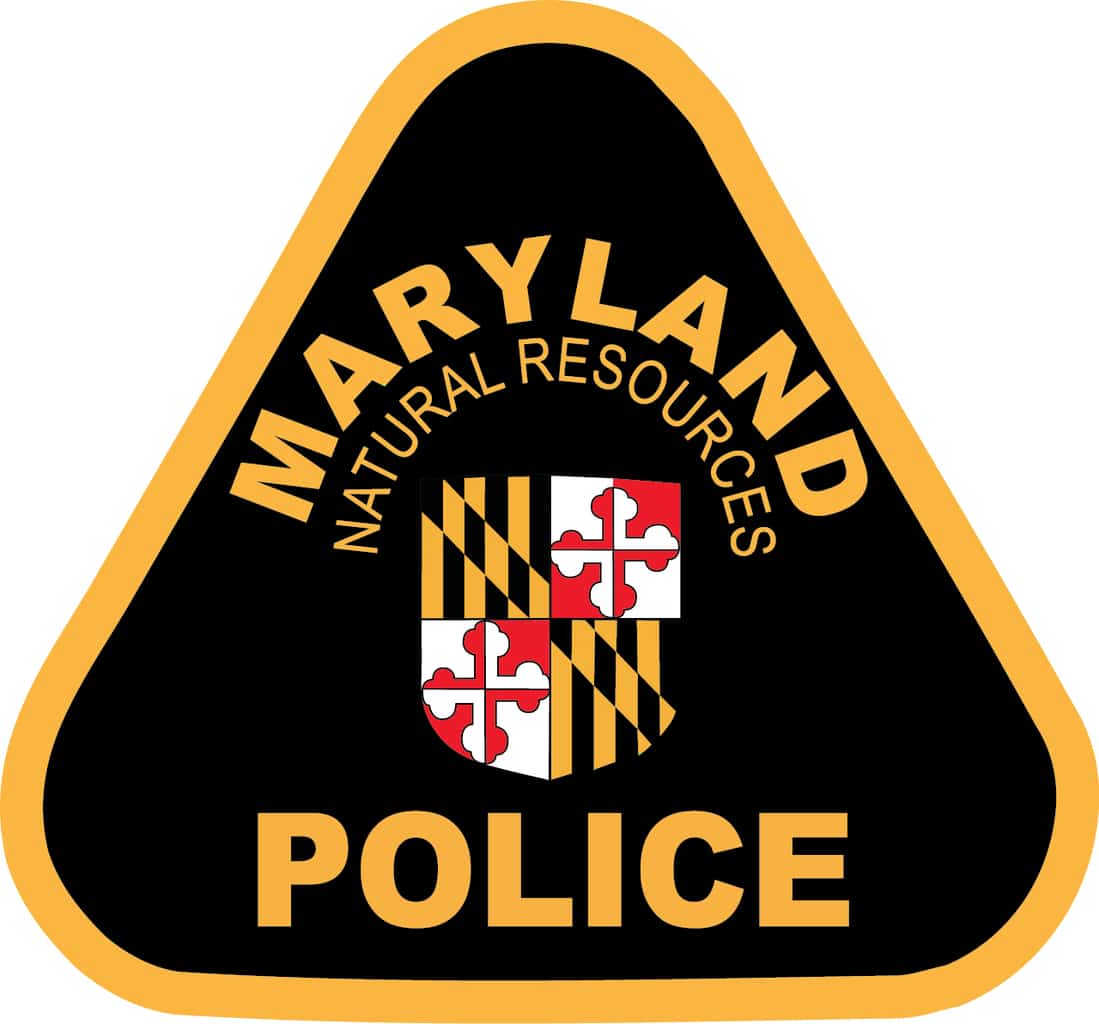On the lower Eastern Shore, the Barrier Islands Center isn’t just a museum to memorialize past island life, it’s a thriving center of activity for locals today. And this month, it’s celebrating 23 years in Machipongo, Virginia.
Past and current board members gathered for a recent celebration, retelling how the county “poorhouse”, which dates back to the 1720s, came to be the Barrier Islands Center (BIC), and also sharing plans for its future.
Founder Thelma Peterson says there was nothing but a dream of having a place to store barrier island artifacts that were quickly leaving the Eastern Shore.
“Thelma’s vision and willingness to roll up her sleeves is how this all got started,” current BIC board president P.G. Ross told the gathering.
Peterson said her “pie in the sky dream” took root after seeking advice from John Maddox, who had a Waterfowl Museum in Chincoteague, and connecting with Dot Gibb, owner of the former county almshouse in Machipongo. It was the place where the destitute, disabled, elderly and orphaned could seek refuge.
Gibb had purchased the farm and three buildings on it from the county in 1952 and held onto it for over 50 years, turning down numerous offers to buy and use it for a variety of purposes, including a bed and breakfast and a restaurant. She felt Peterson’s dream of a place to preserve the barrier island artifacts was right for the property and sold it to the BIC, with the museum opening in June of 2002.
“Having this facility gave our dream reality and allowed us to pursue grants and other funding to bring us to what we have today,” said Peterson.
The museum’s artifacts tell the story of the 18 barrier islands along Virginia’s Eastern Shore, the communities that once existed there, and a way of life not found today. The residents of the fragile islands were a hardy group but eventually were forced to flee the islands in the 1930s after hurricanes devastated their communities.
But the center isn’t just a museum. It’s “a place for education, art, and fun,” says early board member Katty Mears.
The BIC offers education programs to all ages, ranging from CPR classes, to dog training, to community diversity programs. It also hosts an annual oyster roast, whose proceeds help keep the facility running. Recently, the BIC completed a restoration of the kitchen building, which dates back to around 1725.
With a devoted following, the BIC is committed to being a community resource for years to come.
One former director says, “This place has become the cultural center of Northampton County and maybe the Eastern Shore of Virginia.”
-Bill Sterling



